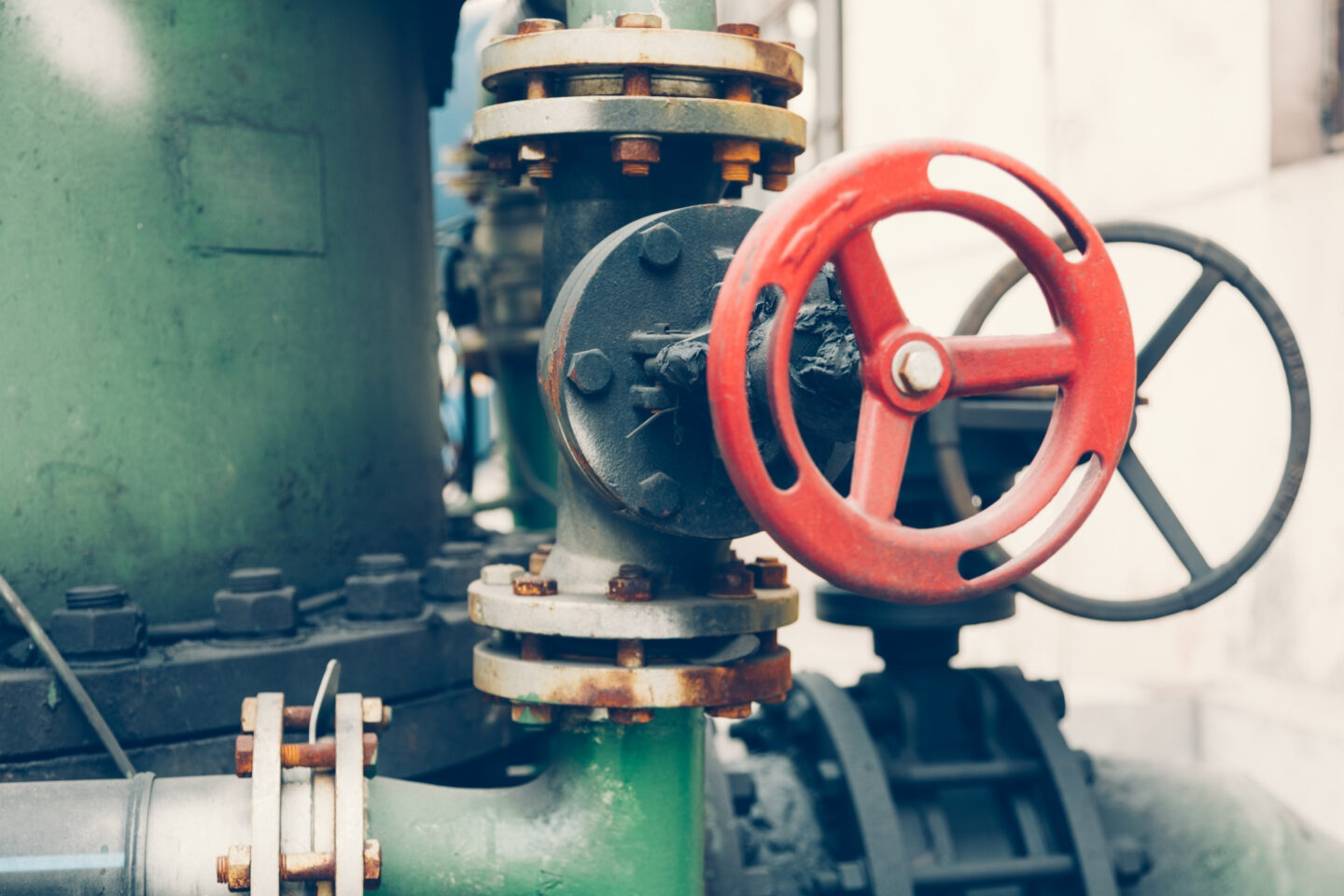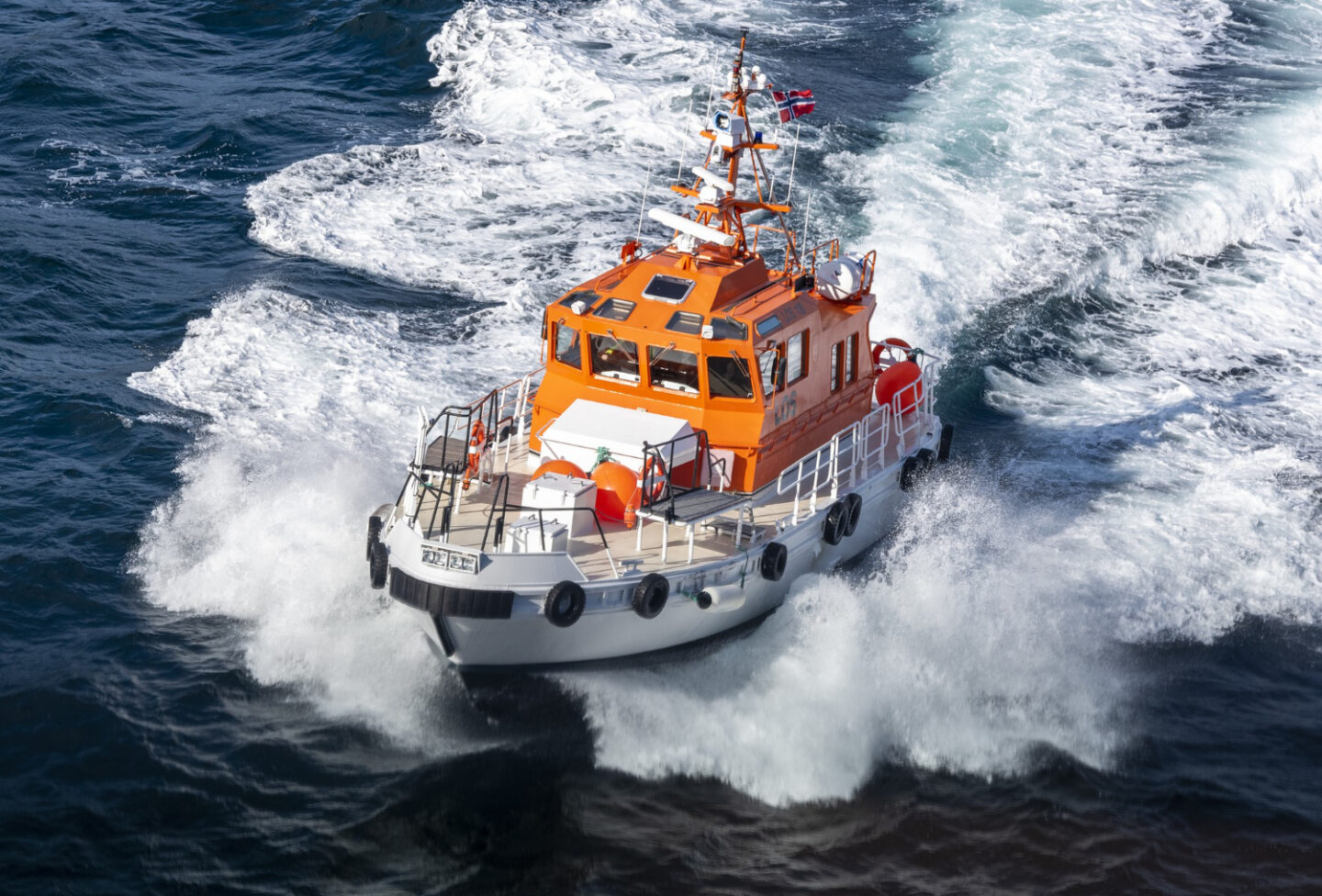Whenever you are out in the sea, your marine engine works hard. A proper cooling system is necessary to ensure safe operation. In its absence, heat can accumulate quickly and lead to severe harm. This plays a significant role in the cooling pump, which ensures the engines remain cool and stable throughout. Understanding its functionality will enable you to identify problems at an early stage and maintain optimal performance.
In this guide, you will learn about the purpose of the cooling pump, the components involved, and the importance of the cooling pump to your vessel’s engine.
Why Cooling Matters in Marine Engines
Marine engines generate a significant amount of heat when in operation. Unless this heat is controlled, it may result in the components wearing out easily or failing. That is why you need a cooling system. It assists in equalising the engine temperature, stabilising performance, and minimising the load on internal components. A properly maintained system will result in smooth sailing even at heavy loading. With a cool engine, your engine can run more efficiently and will last longer, you save time, money and unforeseen failures on the water.
What Is a Cooling Pump and How Does It Work?
The cooling system of your engine consists of a cooling pump. It circulates coolant or seawater to remove heat in the engine. The pump maintains a steady flow that prevents overheating and ensures your vessel moves smoothly without any issues. Typically, the cooling pump is attached to the engine’s motor or an electric drive to maintain constant circulation. In its absence, it heats quickly, and efficiency is reduced. A high-quality cooling pump provides the necessary balance, allowing your marine engine to perform at its best.
Pump Housing
Everything is attached to the pump housing and safeguards essential internal parts. It manages the pressure of water caused by the cooling pump, which pumps the coolant or seawater in the system. Housings are primarily constructed from materials that do not corrode, such as bronze or stainless steel, which are ideal for use in oceans.
A long-lasting housing guarantees a consistent flow and avoids leakages. It also helps maintain performance even under high pressure. By having the cracks or corrosion checked regularly, you can put your cooling pump in the most advantageous state and avoid costly complications.
Impeller and Flow Mechanism
The impeller is a component located in the cooling pump that generates the flow of coolant or water. The flow is produced by its spinning motion, which removes heat from the engine. The shape, size and design of the impeller have a direct influence on the flow rate and general efficiency. When properly operating, the coolant circulates evenly throughout the entire system. When the impeller becomes worn or obstructed, you will notice low flow and high engine temperatures. Washing or changing the impeller regularly will aid in smooth and efficient operation.
Motor and Drive System
The motor or drive system of the cooling pump provides it with the power. Most marine systems have it linked straight to the main engine or via an electric motor. Either it makes sure that the pump is always on to maintain the flow of coolant. An electric drive system has more control and efficiency capabilities, particularly for modern vessels. In a case where you observe strange sounds or vibration of the motor, then it might be an indication of a problem that should be addressed. Good maintenance guarantees constant operation at sea.
Circulation Path and Connections
In the system of fittings, pipes, and hoses, the coolant flow unites the cooling pump with the engine. It is forced out via the heat exchanger and into the engine block. Every connection must also be maintained closely and kept clean to prevent any leakages and maintain pressure. Any blockage or air bubble is likely to disrupt the cooling process, leading to overheating. Periodic checks of circulation paths ensure a smooth flow and maximum utilisation of your water pump, allowing it to operate at the proper temperature.
Key Components of a Marine Cooling Pump System

Each cooling pump system consists of several essential parts that are interrelated in controlling heat. The pump head regulates the flow of water pressure. His cooler and heat exchanger extract heat from the circulating coolant. The temperature sensor monitors changes and alerts the system to make adjustments as necessary. Electric switches are used to control power to the pump, allowing it to operate continuously. All components work together to ensure your engine is not damaged, and it is highly critical to ensure that your engine is cooled reliably in all conditions, regardless of the trip’s duration.
Different Types of Marine Cooling Pumps
- Centrifugal Pumps: These are commonly used in marine engines, consisting of an impeller that circulates the coolant efficiently throughout the system.
- Water Cooling Pump: These are used in seawater and ensure a steady cooling flow in various types of engines.
- Cooling Tower Pump: This pump is designed to transfer large amounts of water to remove heat in industrial or large vessel facilities.
- Electric Circulation Pump: A small, efficient pump with adjustable flow control to control modern water coolers in ships.
Each type suits different vessel needs and engine requirements.
Need Help With Your Vessel’s Cooling Pump?
At K-Marine, we understand the value of a cooling pump to your vessel’s performance. Our crew offers professional marine engineering services, including checks and complete pump maintenance. We handle all types of cooling systems and maintain them to the highest operational standards. You may require assistance with diagnosing a problem or upgrading your setup. We are here to assist you.
Conclusion
The cooling pump is crucial in ensuring the marine engine operates securely and efficiently. It assists in regulating heat, provides effective operation, and prolongs the engine’s lifetime. It is better to understand how it works and what each part does so that you can keep it in proper condition. Regular checks and maintenance will prevent breakdowns at high costs and ensure quality performance on every trip. When you maintain your cooling system, you will be protecting the most valuable part of your vessel, your engine, which does all the work.
Contact us today and keep your marine engine performing smoothly, safely, and efficiently on every voyage.




